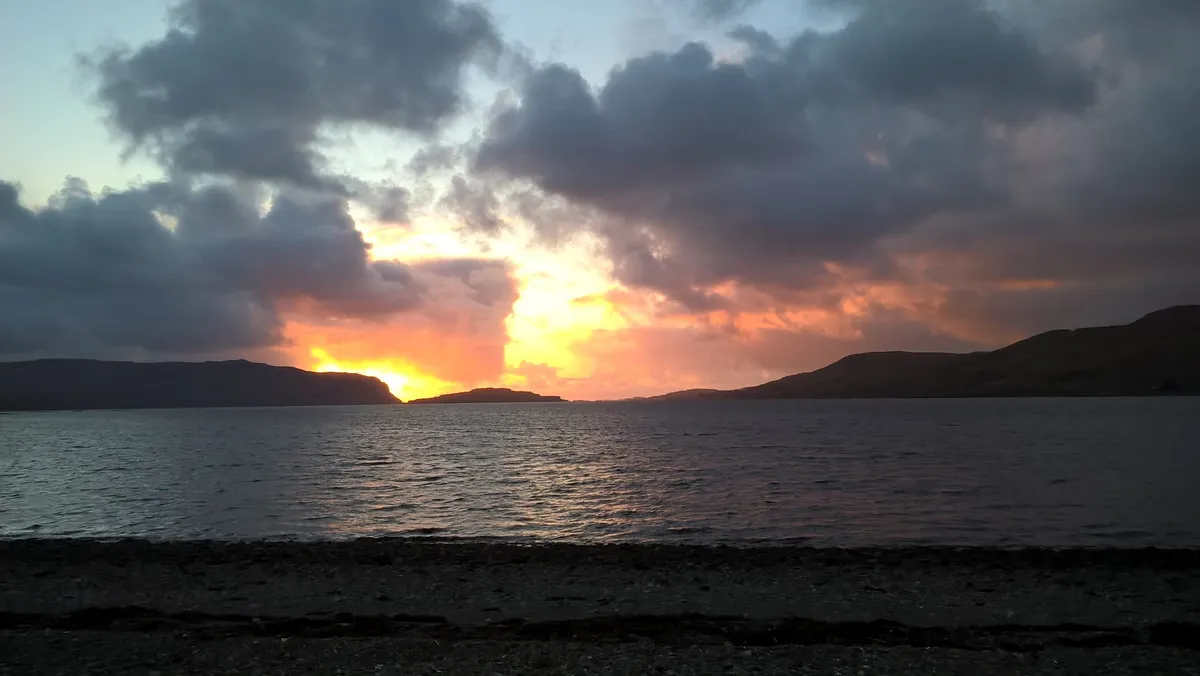It’s been quite a year for Mull’s famous white-tailed eagles. Despite a worrying start to the season when bad weather caused the failure of some pairs which regularly produce chicks, the final tally of fledged sea eagle chicks here is 17. Looking back to those tense days in April when I’m watching for the first key signs of hatching, it’s the feelings of anticipation and excitement which never fade.
At about the date I’m expecting a hatch, I’ll arrive first thing in the morning with fingers firmly crossed. I’ll get into position, set up the telescope and zoom in on the nest. If there’s been a hatch, the sitting bird (usually the female at this stage) will suddenly be sitting noticeably higher in the nest. It’s a very obvious first sign that there’s been a happy event overnight.
I keep watching. Every now and again, the brooding female will shift position. She’ll almost appear to jump, as if surprised that there’s something stirring beneath her warm breast feathers.
And finally, as the early morning rays of sun filter through the tree tops, she carefully and slowly, stands up. Curling her mighty talons into a safe ‘fist’ so as not to harm her new precious nest contents, she walks cautiously around the nest, all the time looking down. She might preen for a few minutes and stretch a long plank-like wing; first one, then the other.
At this stage, the chick or chicks are too small to appear above the nest rim but I know they’re in there. She bends down, tears one or two tiny bits of meat off a freshly delivered prey item, and then stoops deeper into the nest to offer the first feed to the tiny eaglets, which, at this stage, would be small enough to sit in the palm of your hand.
She often produces copious amounts of saliva at the same time which must aid the feeding and digestion process for newly hatched chicks. While I’ve had nothing to do with getting them to this point, I can’t help but feel satisfied and proud and know that the next generation of sea eagles is underway.
These memories seem a long time ago now as I look out on a frosty Isle of Mull with snow on the hills. Those eaglets which survived fledged in July (fully grown at 10 weeks old with 2.5 metre wing spans) and most will have soared away and dispersed by now.

But often at this wintry time of year, youngsters will drift homewards again and turn up back with their parents. They’ll also form loose winter flocks and roosts – like an eagley Youth Club. I’ve watched them at dusk on Christmas Eve circling their roost wood. Chasing and diving on each other, learning new flight skills.

As the light fades, they drop, one by one, into the bare branches of the oak wood and vanish from sight. An occasional call echoes out across the loch and another one might answer. And then all is quiet for the eagle’s silent night.
